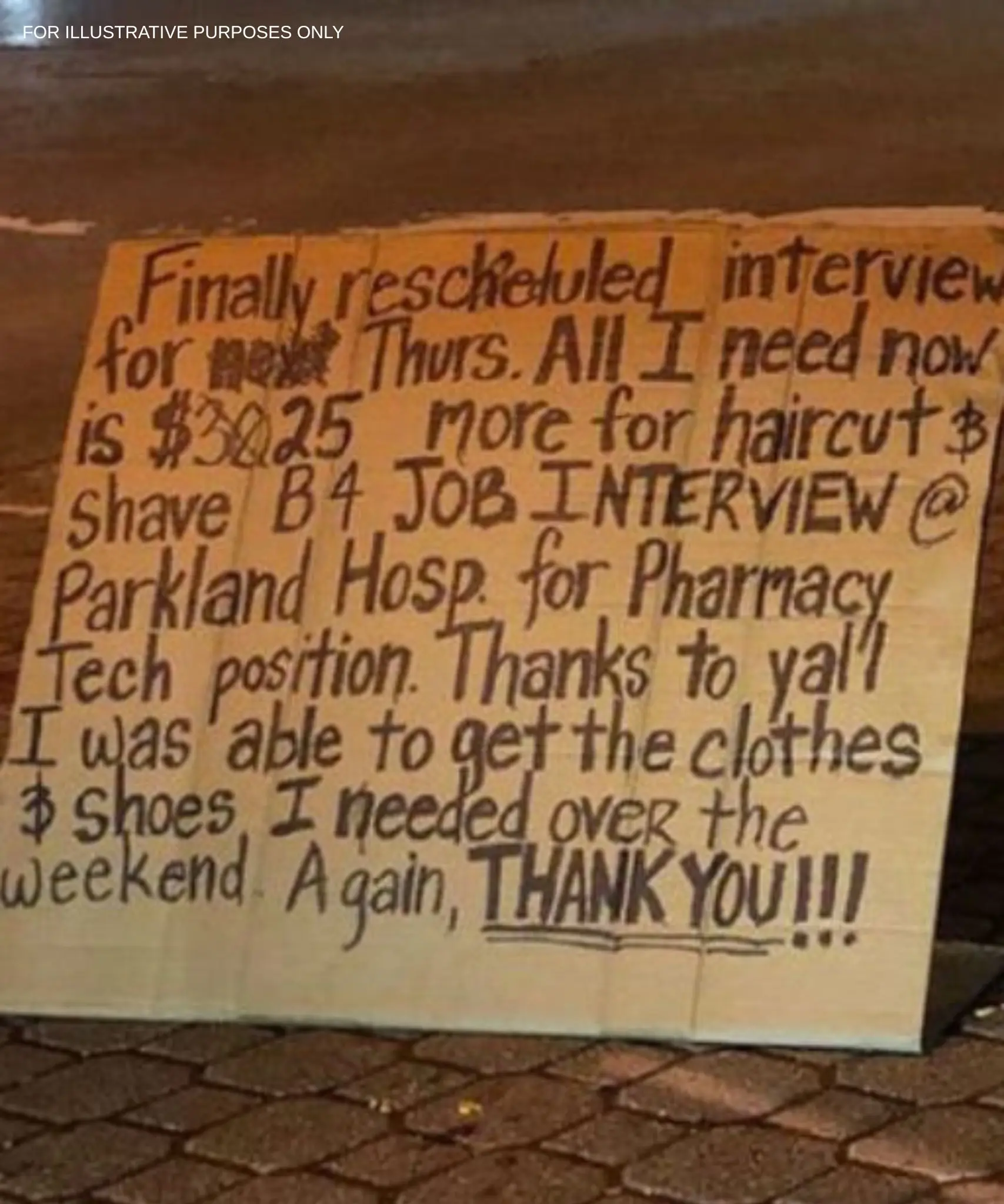
Breaking: 75% of Sunscreen Sold in the USA Is Deemed Unsafe for Use
Breaking: 75% of Sunscreens Sold in the USA Are Deemed Unsafe for Use
We’ve always been told that sunscreen is our best defense against the sun’s harmful rays. But what if the very product we trust to protect us is actually doing more harm than good? A recent report from the Environmental Working Group (EWG) has revealed a shocking truth: a staggering 75% of sunscreens sold in the U.S. fail to meet safety standards, putting our health at risk. With so many options on the market, how can we be sure we’re choosing the right one? Let’s uncover why the majority of sunscreens may not be as safe as you think—and what you can do to protect yourself and your loved ones.
The Problem with Most Sunscreens
When it comes to sunscreen, most people assume that any product labeled “SPF” is a safe bet. Unfortunately, that assumption is far from reality. According to the latest report by the Environmental Working Group (EWG), an alarming 75% of sunscreens available in the U.S. market do not meet safety and efficacy standards. While these sunscreens may technically protect against sunburn, many contain chemicals that fail to offer broad-spectrum protection from both UVA and UVB rays. Even worse, some of these ingredients are linked to serious health risks, including hormone disruption and skin allergies.
These problematic chemicals—such as oxybenzone, octinoxate, and homosalate—are still widely used in sunscreens, despite growing evidence that they can be absorbed into the body and cause long-term health concerns. Additionally, these same ingredients pose significant environmental hazards, particularly to marine life, contributing to coral reef damage and ocean pollution.
Ingredients to Avoid
If you’re concerned about what’s going into your sunscreen, it’s essential to be aware of the ingredients that may harm both your health and the environment. The Environmental Working Group (EWG) has highlighted several common sunscreen chemicals that should raise red flags. Here are some of the most problematic:
Oxybenzone
One of the most widely used chemical sunscreen ingredients, oxybenzone, is linked to hormone disruption. It has been shown to be absorbed through the skin and into the bloodstream, potentially causing adverse reproductive effects. Studies also suggest it may lower testosterone levels in adolescent boys. Oxybenzone is not only harmful to humans but is also a major contributor to coral bleaching, leading to environmental damage in marine ecosystems.
Octinoxate
Octinoxate, another common UV filter, is known for its ability to disrupt hormone function, particularly affecting thyroid hormones and reproductive systems. Like oxybenzone, it can be absorbed through the skin and has been found in blood samples at concentrations far exceeding safety levels. Octinoxate is also harmful to aquatic life, contributing to the decline of coral reefs and marine biodiversity.
Homosalate
Homosalate is a chemical filter used in many sunscreens, but it raises concerns due to its potential to disrupt the endocrine system. Studies suggest that homosalate can penetrate the skin and affect hormone levels, which is especially troubling given its widespread use in products designed for daily application. The FDA has yet to provide sufficient safety data on its long-term use.
Octisalate
Although often considered less harmful, octisalate is still absorbed into the bloodstream at levels higher than what is deemed safe by the FDA. It can cause skin irritation and allergic reactions, and, like other chemical filters, it may pose risks to the environment, particularly aquatic ecosystems.
Octocrylene
Octocrylene is a synthetic UV filter that not only absorbs into the skin but also has a troubling environmental footprint. This ingredient has been linked to hormone disruption, and some forms of octocrylene are contaminated with benzophenone, a known carcinogen. It’s also toxic to marine life, making it a double threat to both human health and the environment.
Why the U.S. Sunscreen Industry is Behind
The U.S. sunscreen industry is lagging behind other countries in terms of safety regulations. In the U.S., sunscreen ingredients are regulated by the Food and Drug Administration (FDA), but the approval process for new ingredients is cumbersome and outdated. The last time the FDA approved a new sunscreen ingredient was over 20 years ago. This slow pace means that sunscreen formulas used in the U.S. are often outdated compared to those sold in other countries.
For instance, the European Union has approved over 30 active ingredients for use in sunscreens, offering consumers a broader range of safer, more effective options. Meanwhile, the U.S. is still reliant on ingredients that may not provide adequate protection or may pose health risks. Countries like South Korea and Australia have been at the forefront of sunscreen innovation, prioritizing public safety with advanced formulations that combine effective UV protection with skin-friendly ingredients.
The delay in updating sunscreen regulations means U.S. consumers are at risk of using products that could be harmful to their health. Worse, without updated FDA guidelines, sunscreen manufacturers are free to continue using ingredients that are banned or restricted in other countries. This regulatory gap has not only created confusion for consumers but also placed them at risk of exposure to potentially toxic chemicals on a daily basis.
What You Can Do
While the sunscreen industry and the FDA slowly work to address safety concerns, there are steps you can take right now to ensure you’re protecting yourself without compromising your health. Here are some actionable tips to help you make safer sunscreen choices:
-
Choose Mineral-Based Sunscreens
Mineral sunscreens, also known as physical sunscreens, are made with zinc oxide and titanium dioxide. These ingredients sit on top of your skin and act as a barrier, reflecting harmful UV rays rather than absorbing them. Unlike chemical sunscreens, mineral options are less likely to cause skin irritation or disrupt hormones. -
Check for EWG Verified Sunscreens
One of the easiest ways to ensure your sunscreen is safe is by looking for the EWG Verified label. This mark indicates that the product has been rigorously tested and meets strict safety standards. -
Avoid Harmful Chemicals
Always read the ingredient list on sunscreen products before purchasing. If you spot any of the chemicals listed above, choose a safer alternative. -
Use Sunscreen in Combination with Other Sun Protection Measures
Sunscreen should not be your only line of defense. Use protective clothing, seek shade, and wear sunglasses to minimize UV exposure. -
Stay Informed and Educate Others
Follow trusted organizations like the Environmental Working Group and the FDA for updates on sunscreen safety. Sharing this information can help others make better choices.
Protect Your Skin, Protect the Environment
With 75% of U.S. sunscreens failing to meet safety standards, it’s essential to be vigilant when choosing the right product. By opting for mineral-based sunscreens, checking for the EWG Verified label, and avoiding known harmful chemicals, you can make safer choices for your skin and health. Your skin—and the environment—deserve better. Making informed choices today can lead to a healthier, safer tomorrow.
News in the same category


When my son innocently revealed that my husband had been secretly driving a brighter car with a woman I knew nothing about.

Why Was My Son Left Out? A Text Revealed the Truth

Three Became Fathers in a Day—One Text Changed Everything

"Unbelievable Coincidence: The Orphanage Held a Carbon Copy of Our Child!"

The Hidden Weight of Childhood: A Journey of Independence, Compassion, and Unspoken Secrets
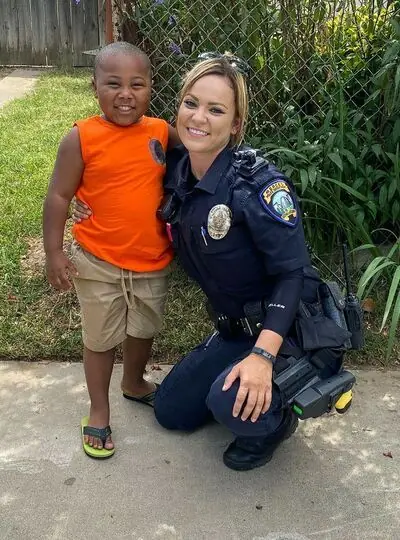
There were cops in my yard, and as an african american family, my mind was full of negative thoughts
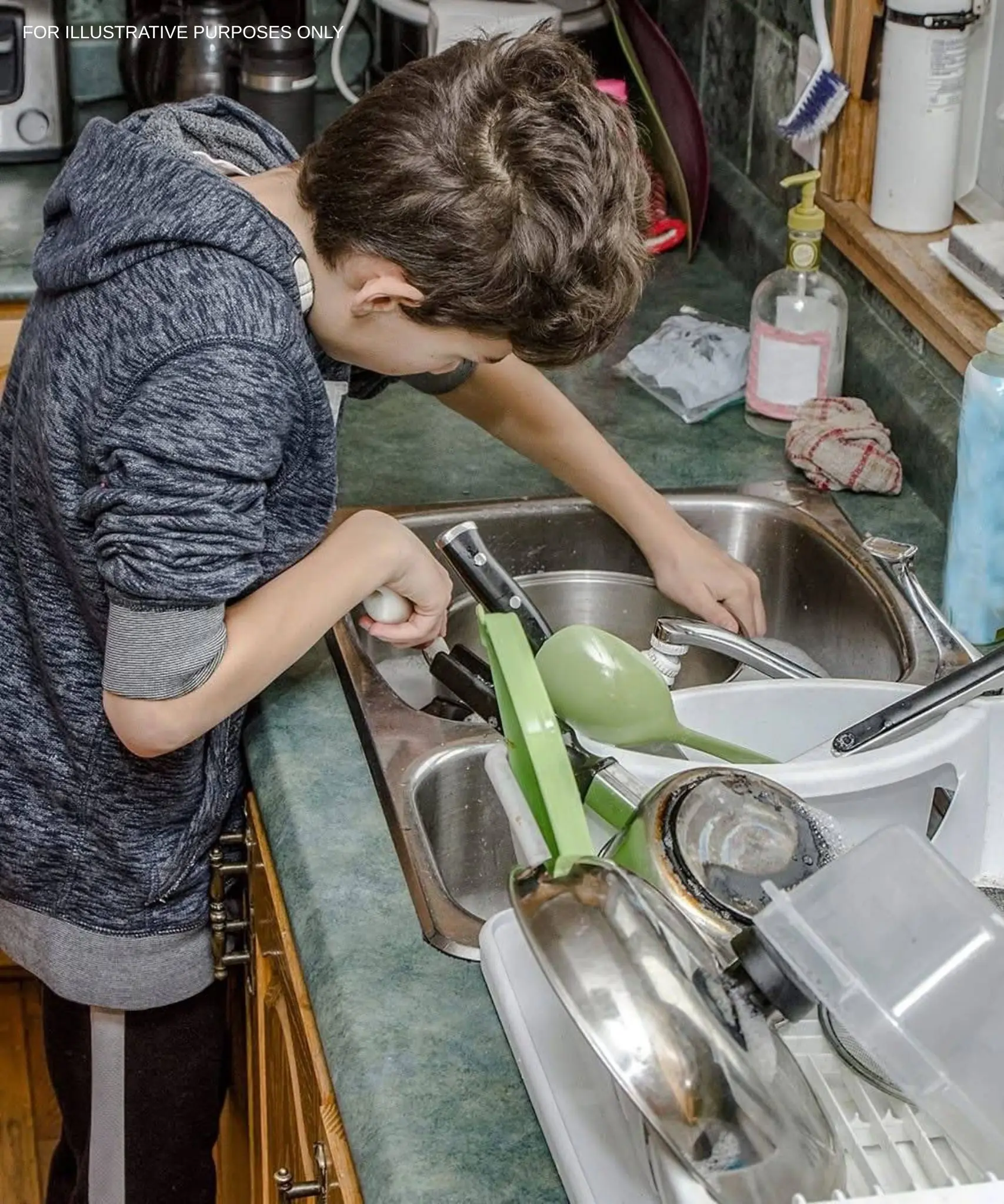
I Always Thought Housework Was a Breeze—Until My Son Taught Me a Lesson I’ll Always Remember

I Helped Plan a Family Cruise for My Dad and Stepmom & They Invited Me Too—I Didn't Know They'd Turn Me Into the Nanny
I thought joining my dad and stepmom on a family cruise would bring us closer. Instead, I found myself stuck in a tiny cabin with two kids and a long list of responsibilities no one warned me about.

"The Strength Within: A Story of Love, Loss, and Triumph"

A Surprise Visit to My Long Distance Boyfriend Turned into a Disaster— Story of the Day
After my husband of eighteen years left me, I struggled to find love again at forty-one. Desperate, I joined a dating site and met a charming man named Juan. I took a leap of faith and traveled to Mexico to surprise him, but it turned out to be the worst
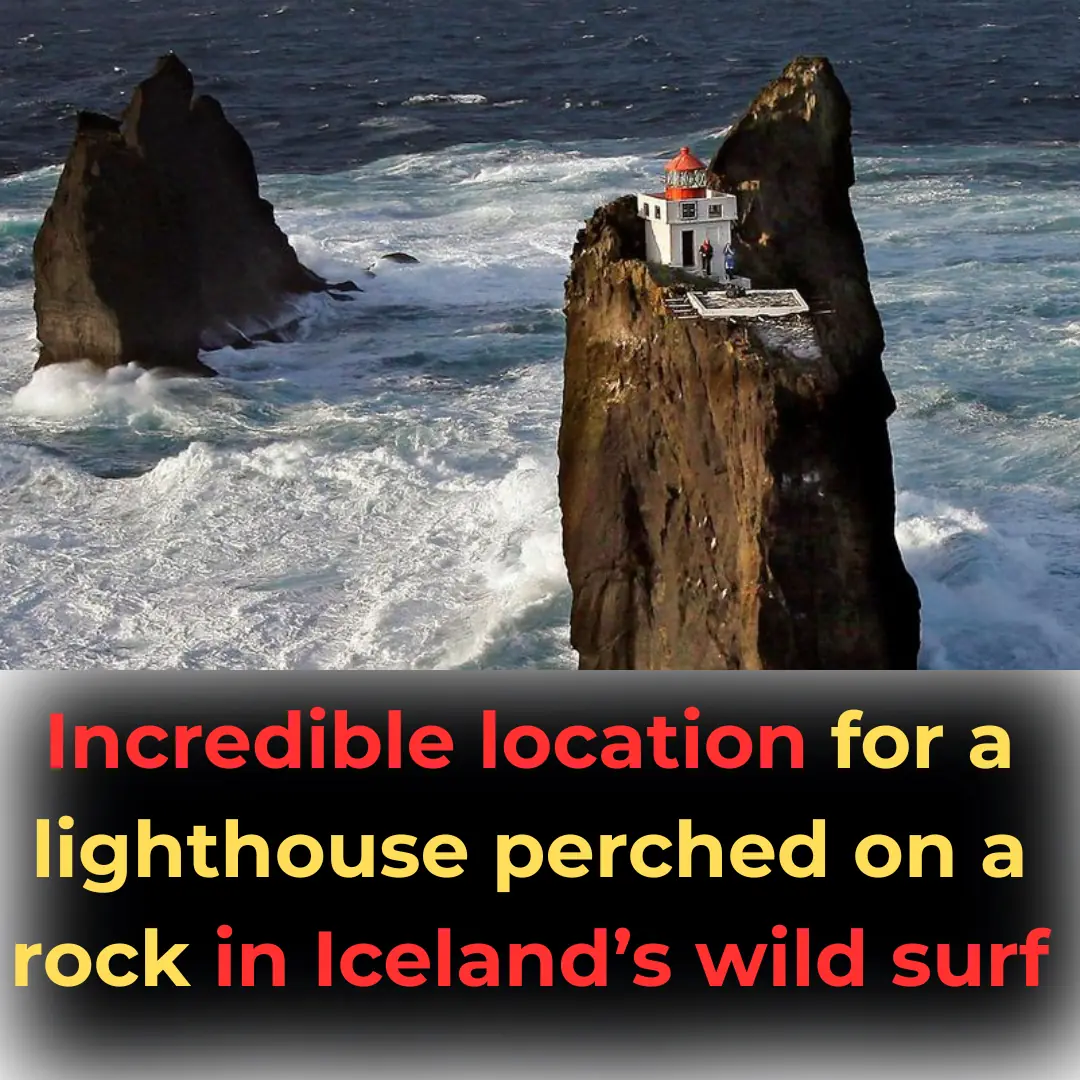
Incredible location for a lighthouse perched on a rock in Iceland’s wild surf

Drought Reveals “Spanish Stonehenge” Older Than the Pyramids.

Mystical Seabed Art: The Puffer Fish’s Elaborate Mating Rituals Unveiled
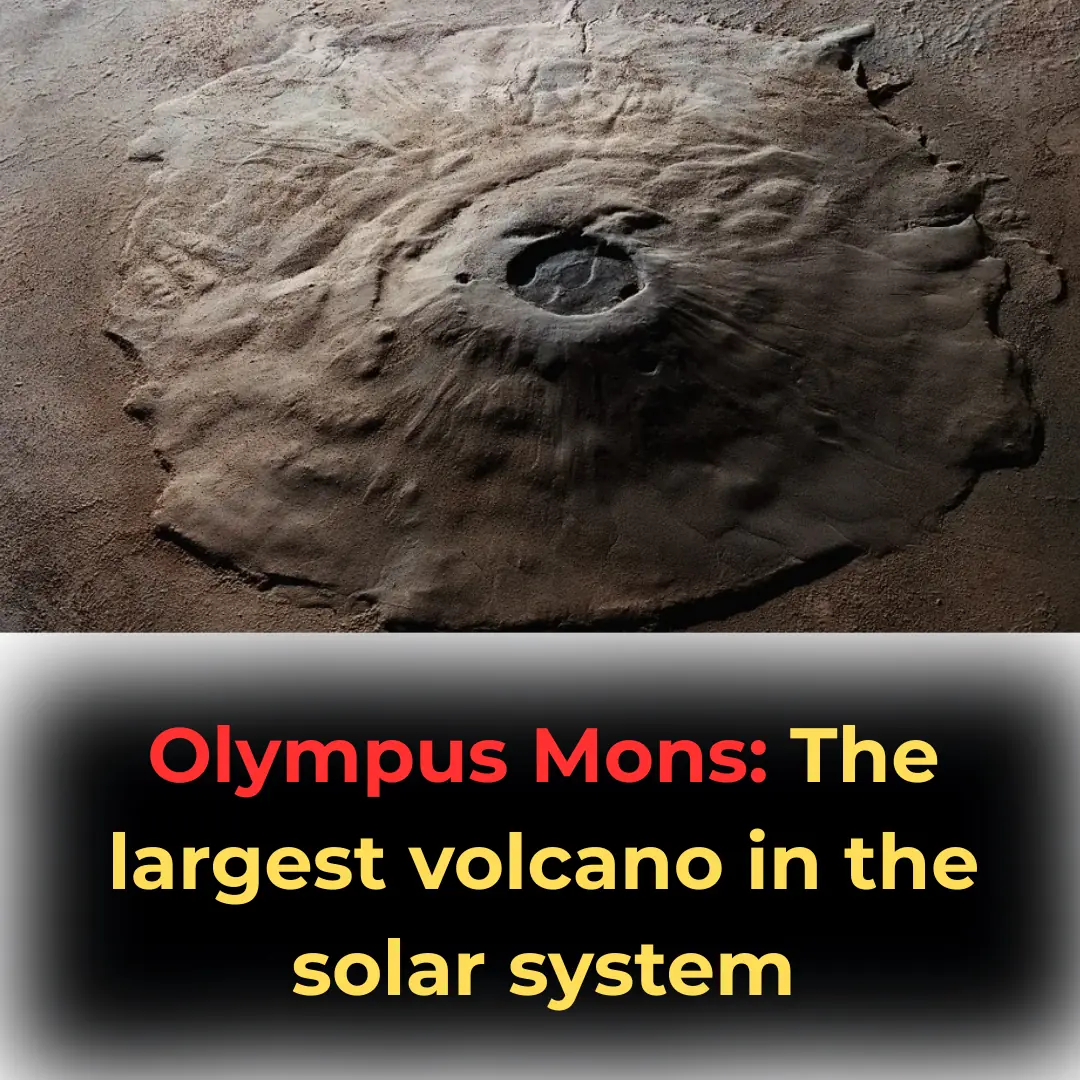
Olympus Mons: The largest volcano in the solar system
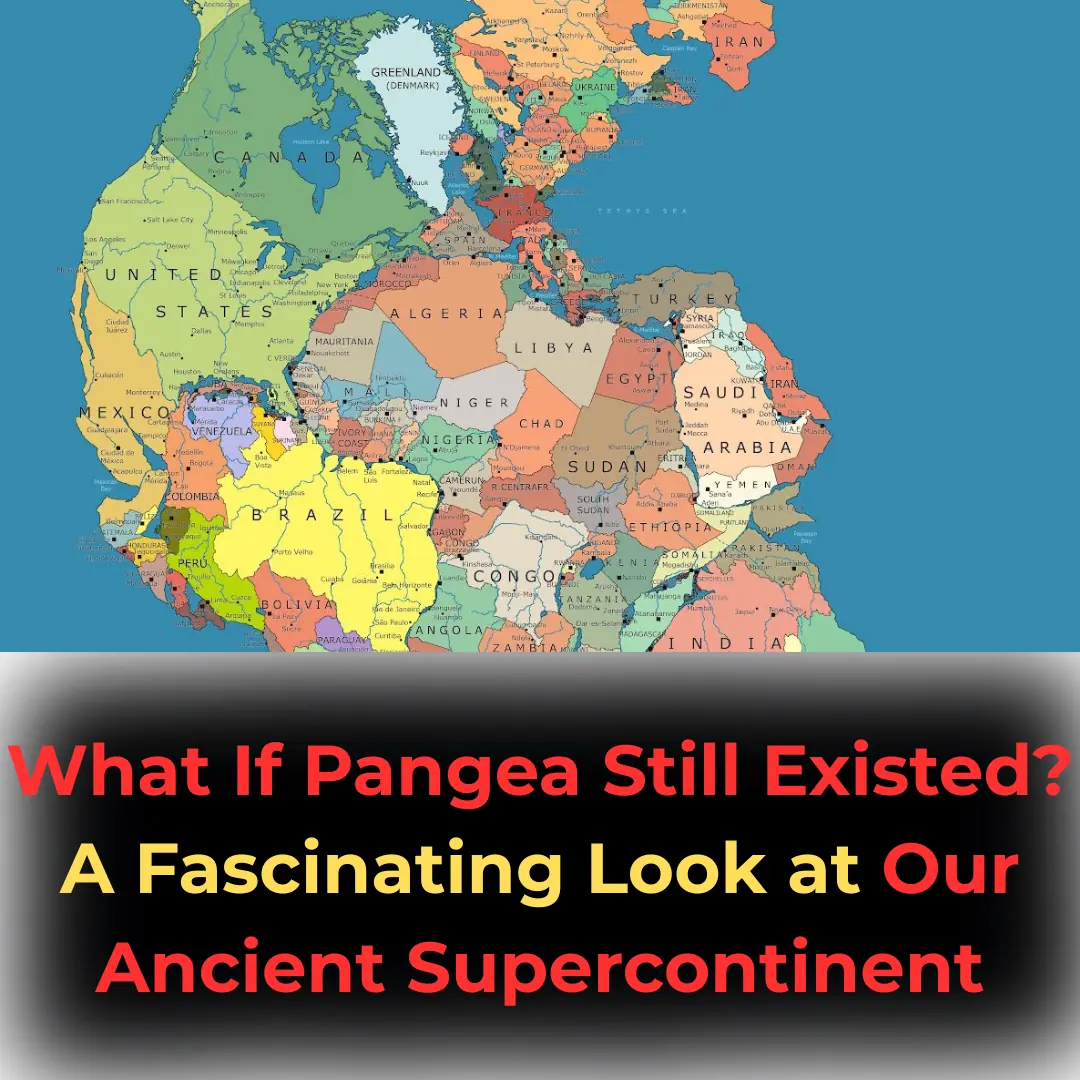
"What If Pangea Still Existed? A Fascinating Look at Our Ancient Supercontinent"
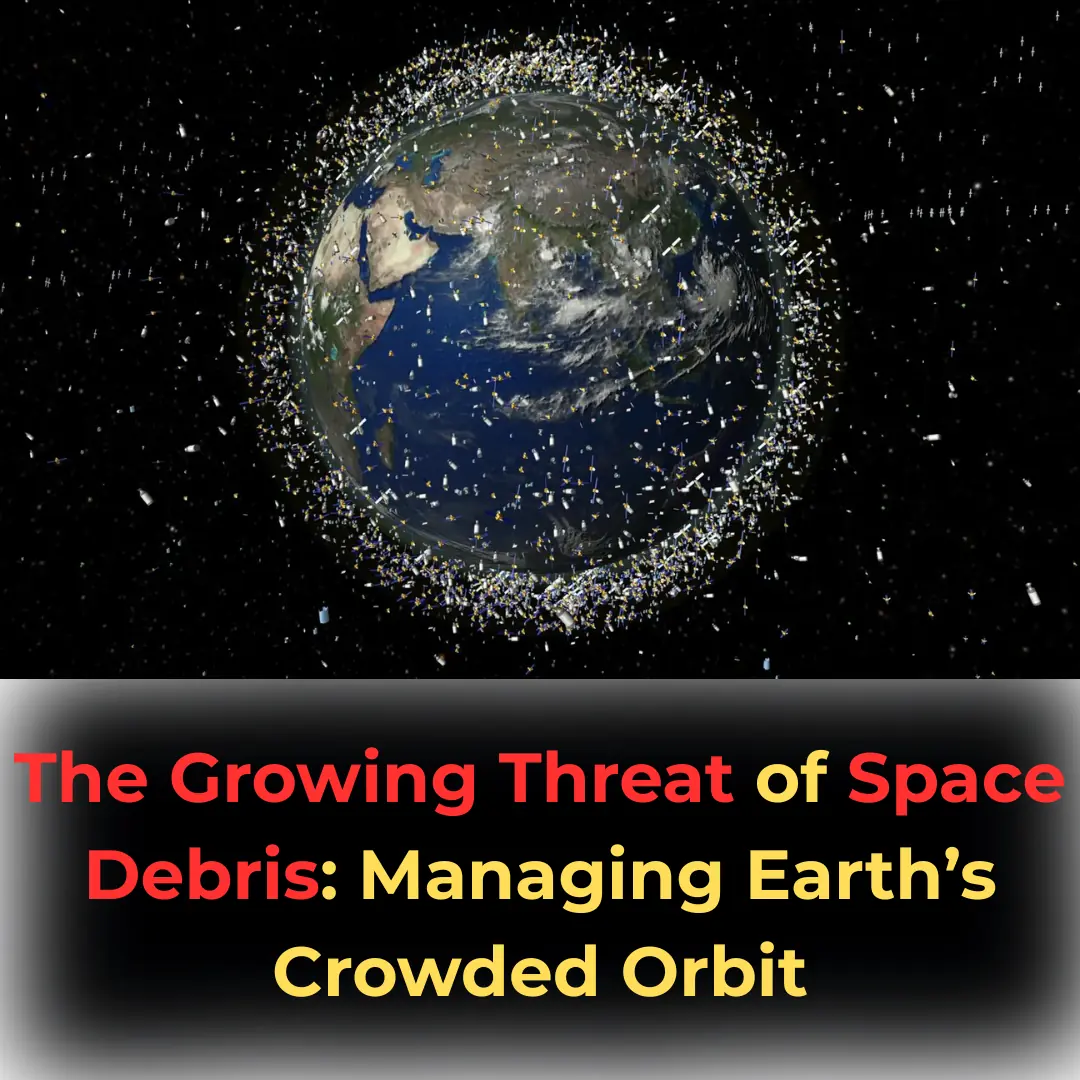
The Growing Threat of Space Debris: Managing Earth’s Crowded Orbit
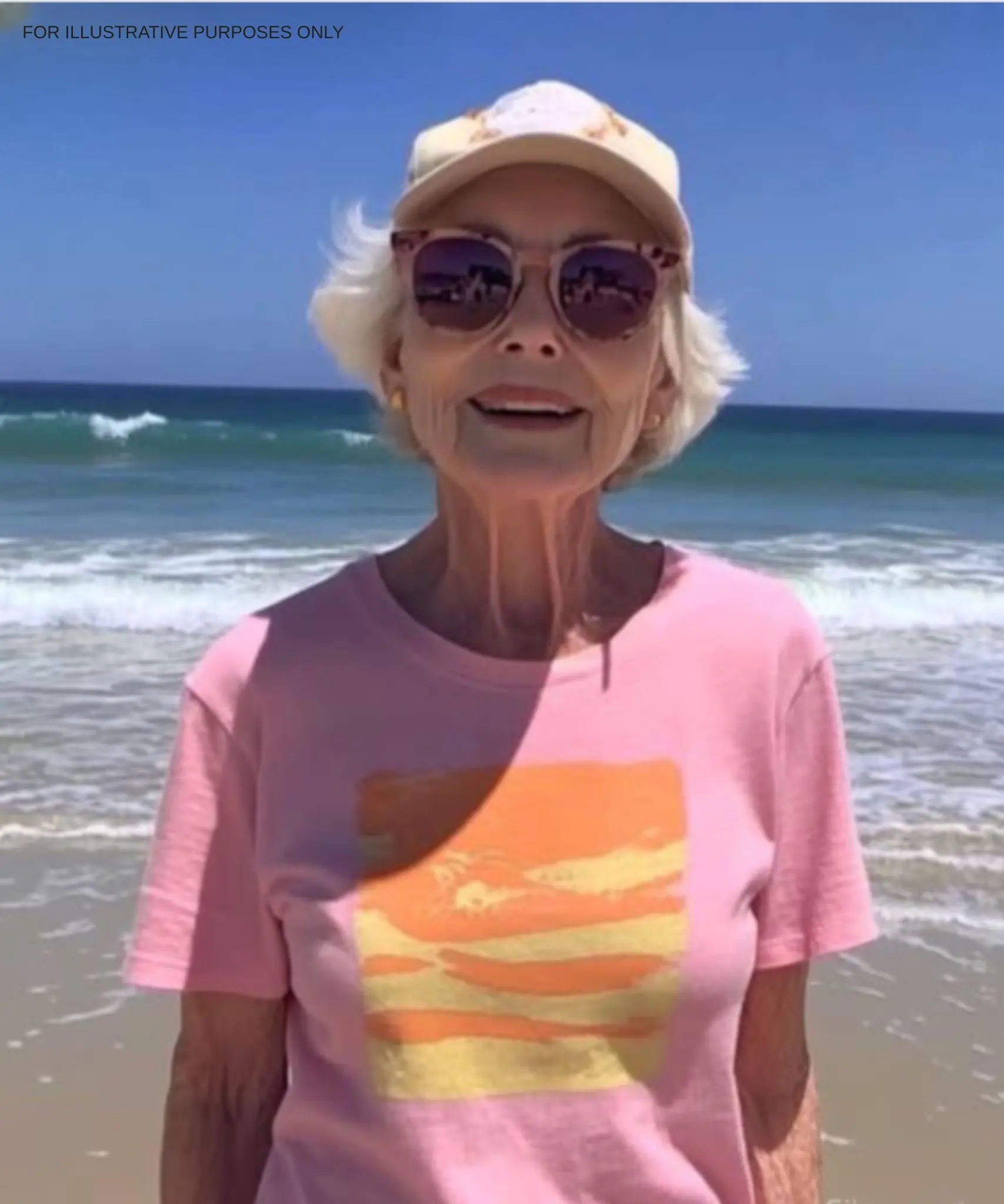
AM I WRONG TO BE ANGRY THAT MY 71-YEAR-OLD MOM SPENT MONEY ON A TRIP INSTEAD OF HELPING ME PAY MY BILLS?

A wounded veteran picks up trash, as people whisper behind me.

I held her tight while she cried and wouldn’t let go.
News Post

Banana Peels as a Natural Ant Repellent: A Safe and Eco-Friendly Solution

1 year ago 1 year ago Peace Lily Care Guide: Key Tips to Ensure Its Flourishing Growth
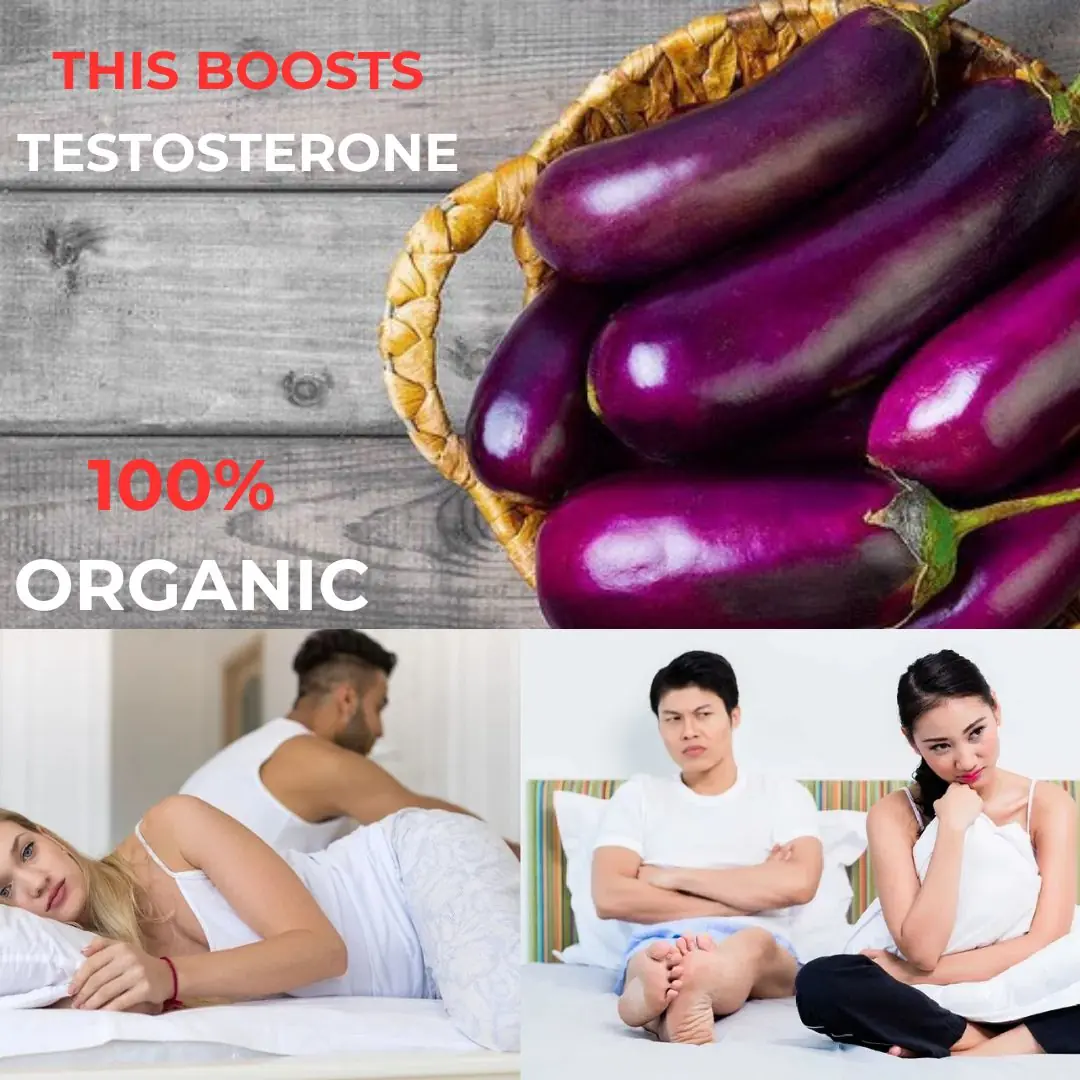
THIS DOUBLES Your Testosterone Naturally in 7 Days!

10 Remarkable Health Benefits of Pigweed Greens You Need to Know
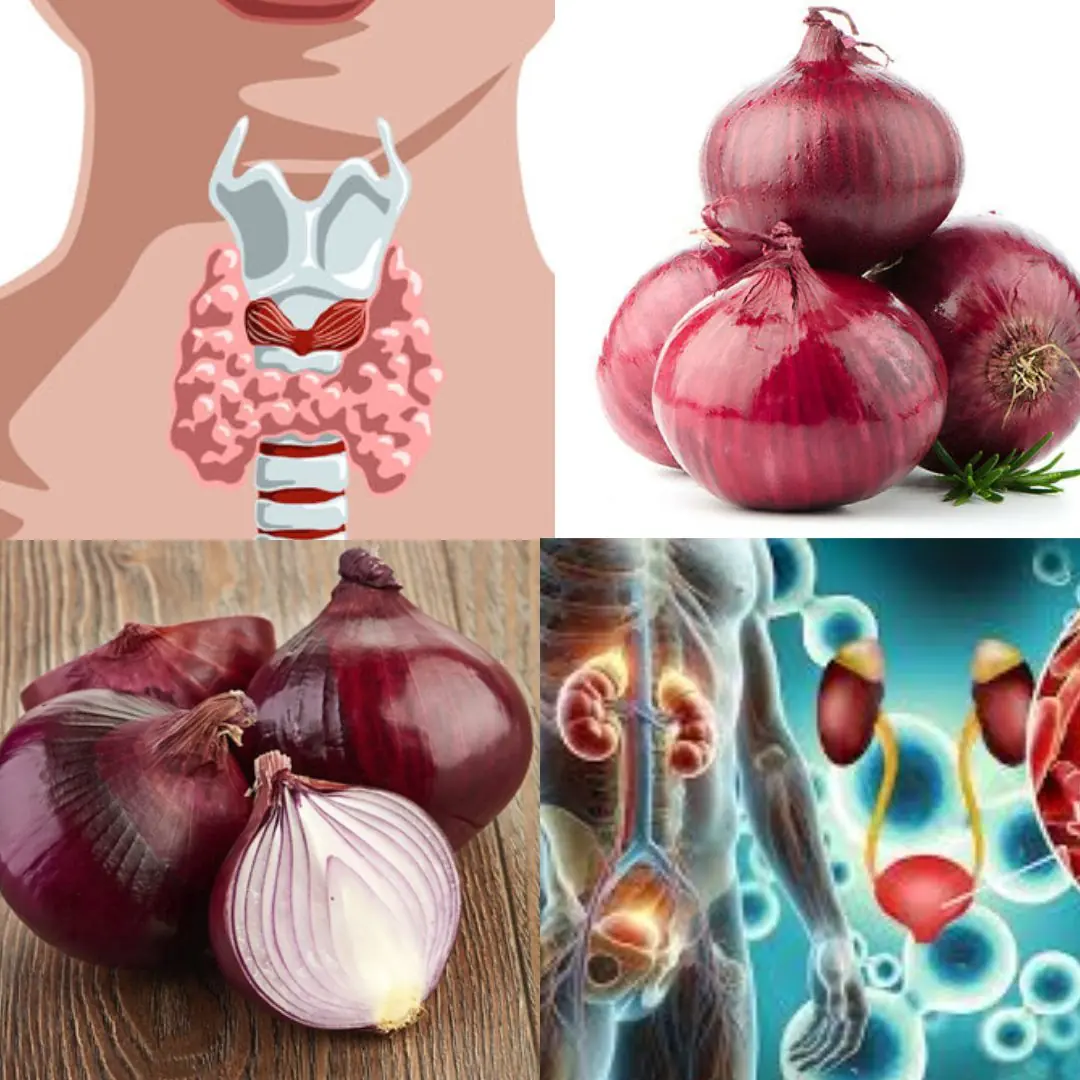
Euphorbia Hirta (Asthma-Plant): Ancient Remedies and Modern Applications for Health and Wellness
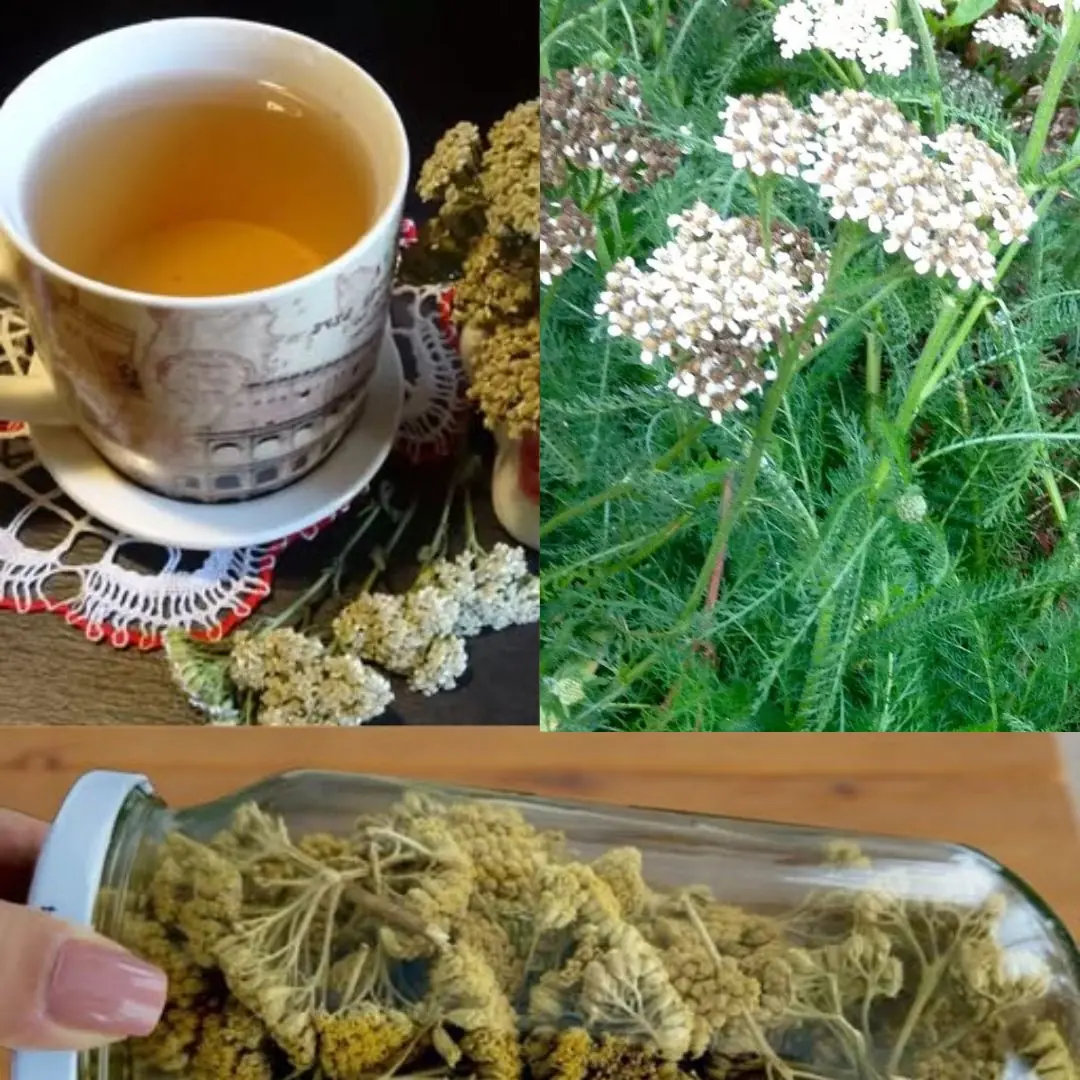
Yarrow: A Natural Herb with Powerful Health Benefits
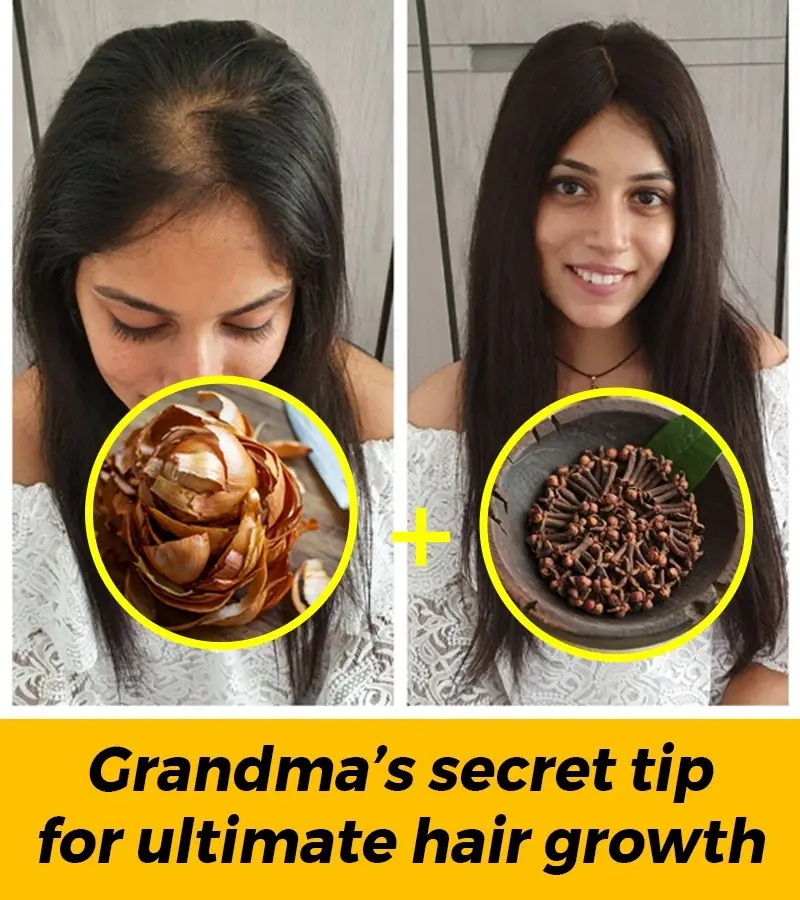
Onion peels and cloves: a simple hair growth remedy from Grandma's time
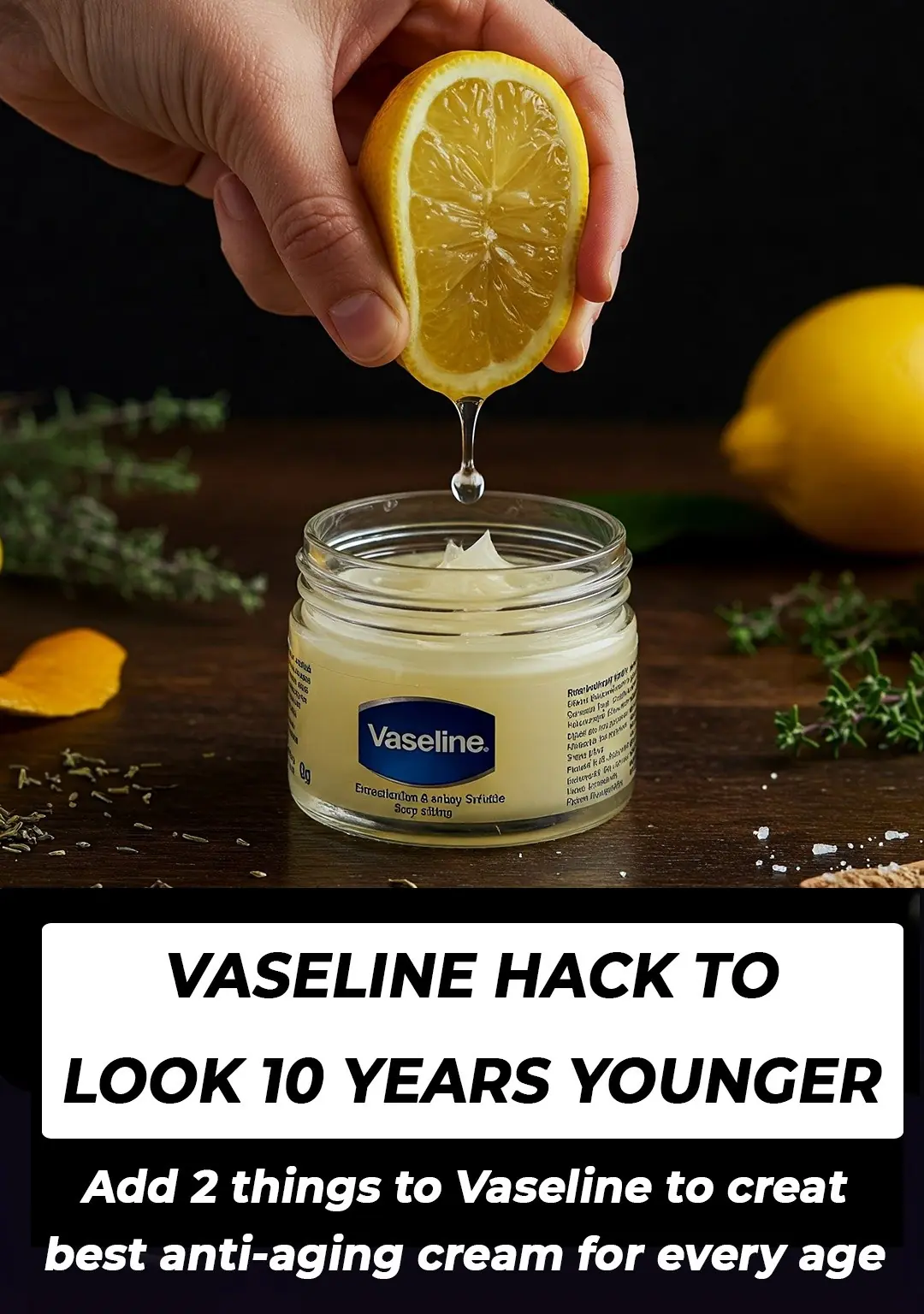
Vaseline to look 10 years younger

HE JUST NEEDED $25 FOR A HAIRCUT—BUT WHAT HE DID WITH IT SHOOK ME

When my son innocently revealed that my husband had been secretly driving a brighter car with a woman I knew nothing about.
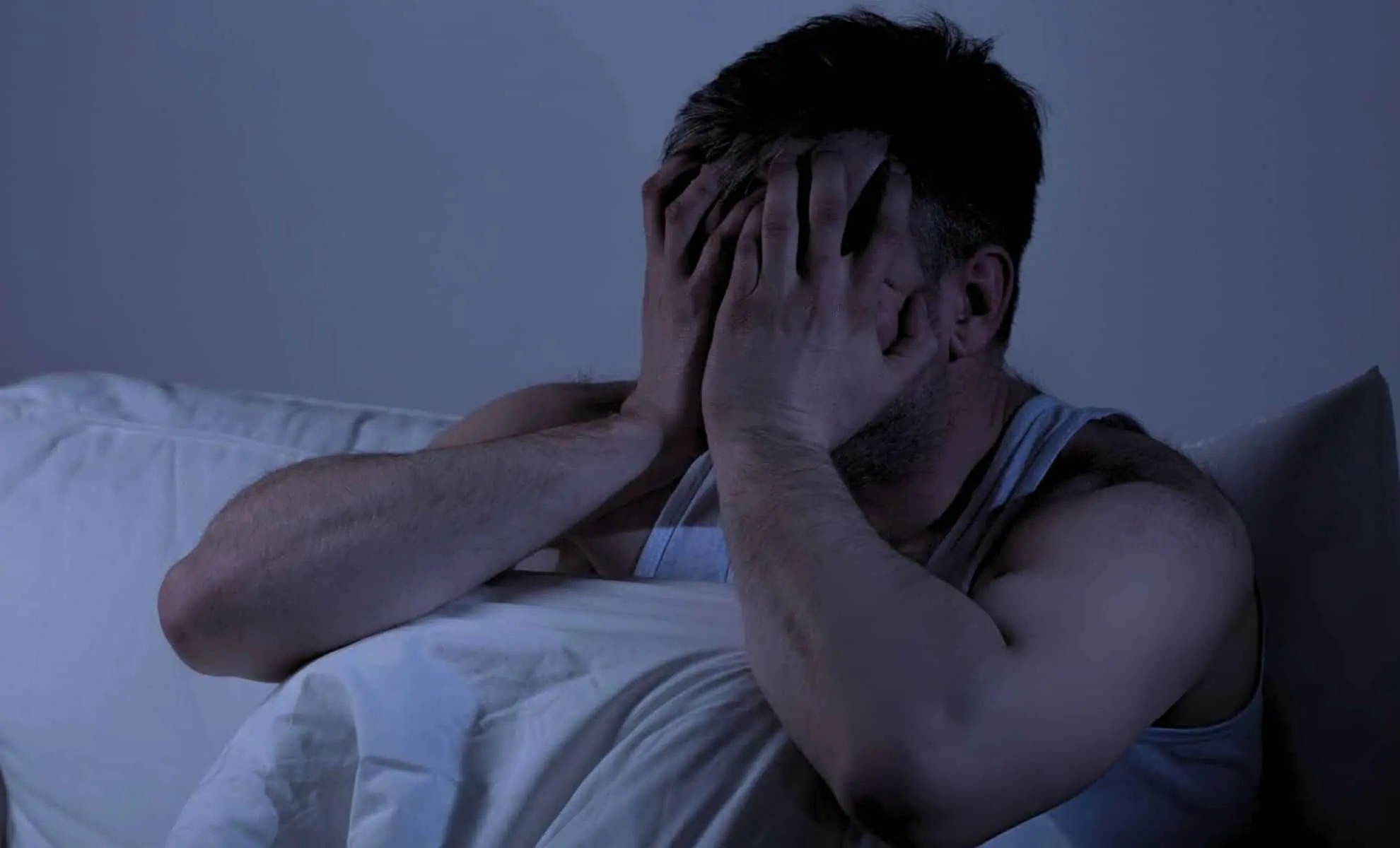
Doctor Warns Against This One Thing If You Wake Up at Night
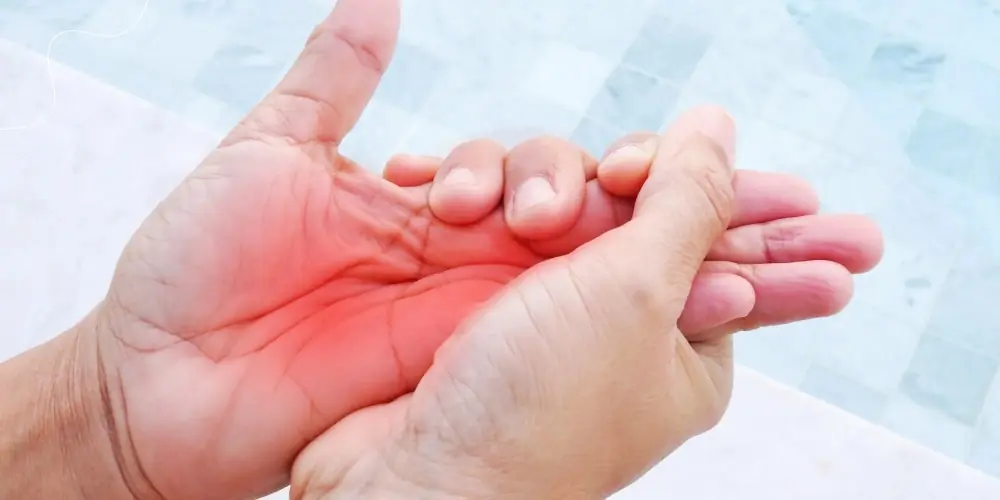
Reasons You Could Have Numbness or Tingling Sensations in Your Hands
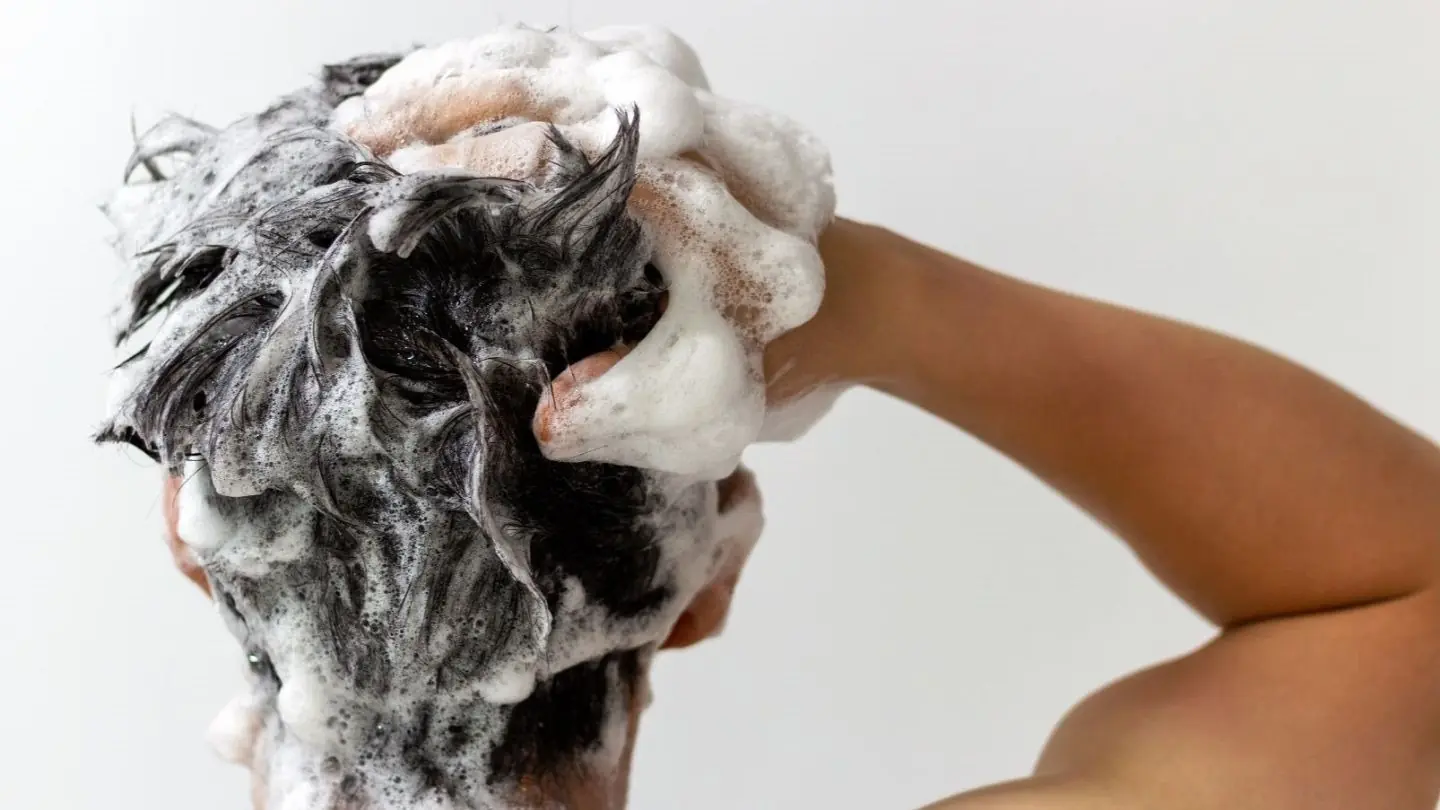
A Well-Known Shampoo Is Being Withdrawn Immediately Due To Bacteria That Can Kill One In Ten Patients

Why Was My Son Left Out? A Text Revealed the Truth

Three Became Fathers in a Day—One Text Changed Everything

"Unbelievable Coincidence: The Orphanage Held a Carbon Copy of Our Child!"

The Hidden Weight of Childhood: A Journey of Independence, Compassion, and Unspoken Secrets

There were cops in my yard, and as an african american family, my mind was full of negative thoughts

I Always Thought Housework Was a Breeze—Until My Son Taught Me a Lesson I’ll Always Remember

I Helped Plan a Family Cruise for My Dad and Stepmom & They Invited Me Too—I Didn't Know They'd Turn Me Into the Nanny
I thought joining my dad and stepmom on a family cruise would bring us closer. Instead, I found myself stuck in a tiny cabin with two kids and a long list of responsibilities no one warned me about.